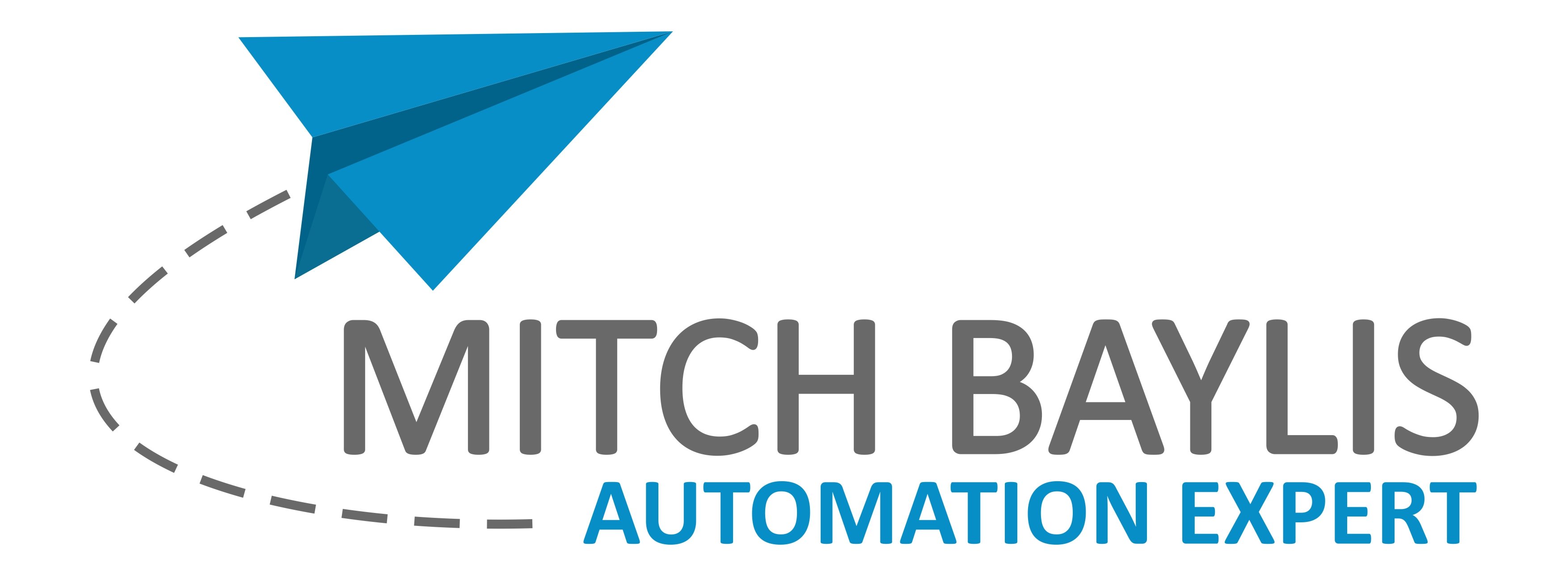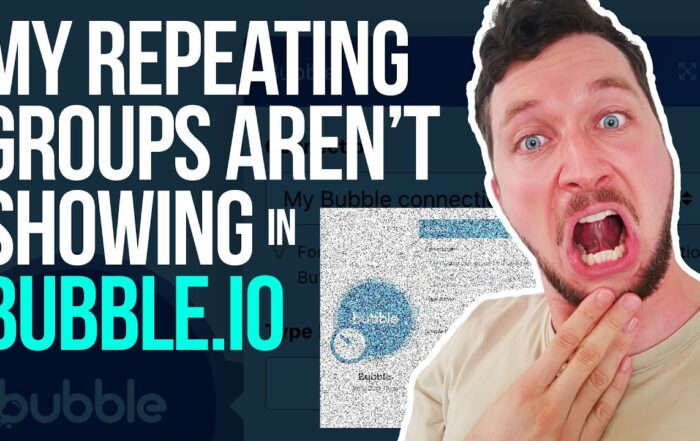🚀 Hey there, automation enthusiasts! If you’re diving into business automation with Bubble.io and Make.com (formerly Integromat), you’re in the right place. Today, we’re breaking down how to set up multiple triggers in Make.com to streamline your workflows and supercharge your productivity.
Understanding the Challenge of Multiple Triggers
One of the most commonly asked questions is, “How can I set up a Make.com scenario with multiple triggers?” 🤔 The short answer: there’s no built-in way to do this directly in Make.com. Different triggers produce different data packets, which can lead to errors. But don’t worry, we’ve got a workaround that will have you automating like a pro in no time.
The Ultimate Workaround: Webhooks
Instead of relying on multiple triggers directly, you can use a webhook. Here’s how:
- Create a Scenario: Your scenario should start with a webhook trigger. This will serve as the central point for all your different triggers.
- Add the Webhook: You can add this webhook in any other scenario you have. This means you can have multiple scenarios triggering this one central scenario.
By using a webhook, you simplify your logic significantly. All your various triggers will funnel into this one scenario, making your workflow much more manageable.
Sending Data Across Scenarios
To make this work, you need to use the HTTP Make Request feature. Here’s a step-by-step guide:
- Grab the Webhook URL: Copy the URL from your webhook trigger.
- Set Up the HTTP Request: Place the webhook URL in the HTTP request and set the method to POST.
- Configure Your Query String: Map the data you want to send. Ensure all query string names are identical in character and case across all scenarios.
Consistency is key here. If the query string names don’t match exactly, Make.com will treat them as different fields, leading to errors.
Handling Data Consistency
All the data being sent to the webhook must be in the same format. This includes:
- Query string names
- Character case
- Data types
If you’re missing any query strings, you can include logic in your scenario to look up the missing data from a database. Alternatively, you can send an ID and look up the data in the database as the first step in your scenario.
Why This Workaround Rocks
This method is:
- Simple: It reduces complexity by centralizing your triggers.
- Robust: Consistent data formats ensure fewer errors.
- Scalable: You can have multiple scenarios (even 100+!) feeding into one central scenario.
Until Make.com introduces a built-in feature for multiple triggers, this workaround is your best bet for creating a seamless, automated workflow. 🌟
Join the Conversation!
We’d love to hear your thoughts! Have a better solution? Drop your ideas in the comments below! And if you found this guide helpful, don’t forget to like and subscribe for more automation magic. ✨
👋 Hi, I’m Mitch Bayless, your go-to expert for business automation. If you’re looking to elevate your business processes with Bubble.io and Make.com, schedule a free call today!
Recent Posts
Zapier vs. Make.com: Which Business Automation Tool is Right for You?
Hey there, automation enthusiasts! 🚀 Today, we’re diving into a face-off between two business automation giants: …
Why I Switched from Calendly to Acuity: A Comprehensive Guide to Better Business Automation
🚀 In the ever-evolving landscape of business automation, choosing the right tools can make or break …
Master Bubble.io: Fixing Repeating Group Issues with Nested Elements
Hey there, fellow Bubble.io enthusiasts! Are you struggling with nesting elements within repeating groups? 🤔 You’re …



